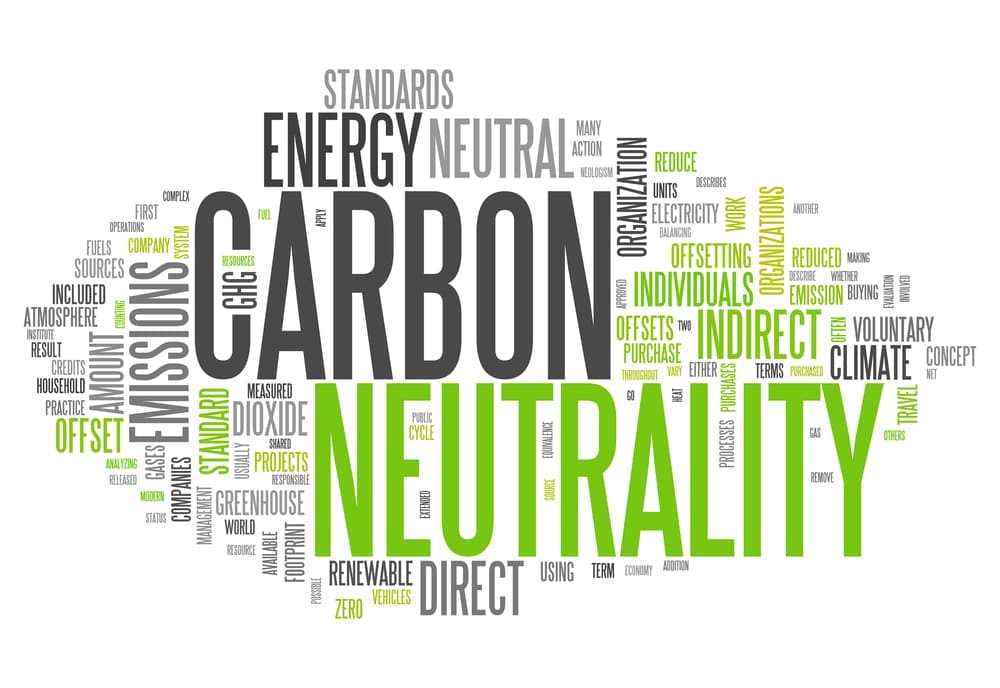The impact of increasing greenhouse gas ("GHG") emissions resulting from human activities has driven innovation in market-based solutions, technology development and international law. The signing of the 1997 agreement known as the ‘Kyoto Protocol’, which was set to go into force in 2005, set binding emission reduction targets for the countries that signed it. This consequently resulted in the creation of carbon credits and the mechanism of emission trading.
What are Carbon Credits?
A carbon credit (also known as a carbon offset) is a tradable permit or certificate which grants a holder whether that be a country, company or organisation to produce carbon dioxide or other greenhouse gases. The credit limits the emission to a mass equal to one ton of carbon dioxide, ultimately serving the purpose as a market-oriented mechanism to slow worldwide carbon emissions.
How do Carbon Credits work?
Fundamentally, a carbon credit functions as a permit – issued by a government or other regulatory body which allows the holder to burn a specified amount of hydrocarbon fuel over a specified period. Each carbon credit is valued against one ton of hydrocarbon fuel with each company or nation being allotted to a certain number of credits. These credits function in two ways; the compliance or cap-and-trade market and voluntary market.
Compliance – Government agency puts a cap on GHG emissions for specific entities. Entities are required by law to strictly abide by this limit and are allowed to sell credits to other entities if the entity can cut back on emission below the requirement level required by law.
Voluntary – Any person or entity can balance out their carbon emissions by bankrolling projects that spearhead campaigns geared towards reducing greenhouse gas emissions.
Pros of Carbon Credits:
- Sends a clear statement of intent – Carbon offsetting gives a solid statement and credibility to minimise GNG emissions. It’s practical as it goes beyond the usual talk and target setting associated with policy making.
- Makes old businesses relevant in the modern day – Carbon offsetting saves a large number of old business from closure by restricting the GNG emissions of the entity consequentially forcing the company to add accessories or fine tune their operations to achieve higher efficiency.
- Quantifies the actual damage caused by greenhouse gas emissions – Paying for carbon offsets can quantify the real cost of damage done to the environment by greenhouse gasses. Governments and other institutions can use this data to formulate accurate budgets around carbon neutrality.
Cons of Carbon Credits:
- Investment in cleaner and carbon-free processes could be overlooked – Buying carbon credits could be leveraged as means to dodge the need to minimise emissions by simply purchasing credits with zero investment in clean renewable energy.
- Fewer beneficiaries – Main beneficiaries of carbon offset schemes are the traders, NGOs and Lawyers with project developers, who are the brain behind the project, receiving little to no benefit.
- Complex red tape – It can take months for project developers to go through complex red tape to attain the necessary permits.
If you would like to discuss any issues raised in this article, please do not hesitate to contact our team at Freedman & Gopalan Solicitors, on 02 8999 9837 or fill out the enquiry box and we will get back to you ASAP.

